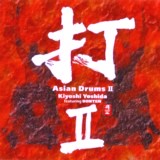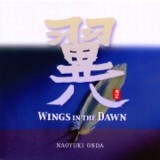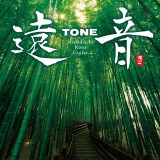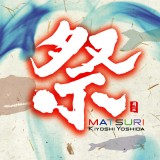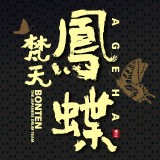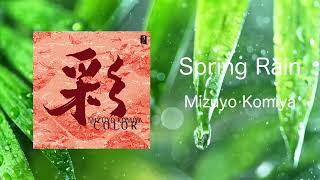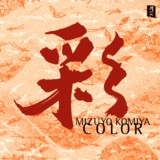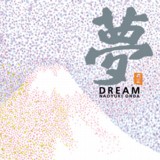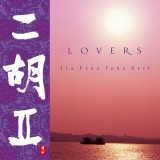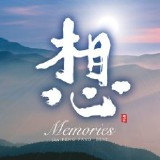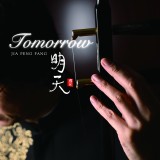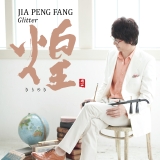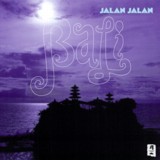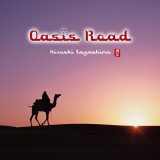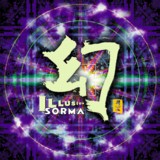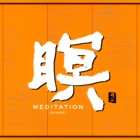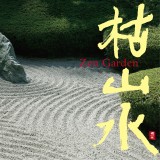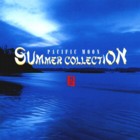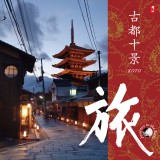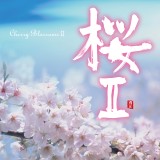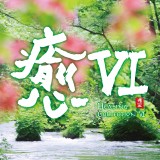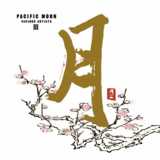Category
New Asian Music
JAPANESE
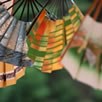
CHINESE

RESORT ISLANDS

OTHERS

VOICE OF ASIA

ZEN
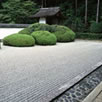
COMPILATION

New Asian Music JAPANESE
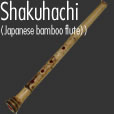
From its strong connection with Zen, the sound of the Shakuhachi is said to be the most Japanese-like sound of all. The original form of this instrument was born thousands of years ago in central Asia, and arrived in Japan, together with Buddhism in the Nara period (AD 710 to 794). It is called the Bamboo Flute, outside of Japan, and its mystic, deep sounds are now used to play in an ensemble with many different instruments.


This instrument came to Japan from China in mid-5th century, and since then has grown into one of the string instruments that represent Japan. The ordinary Koto has 13 strings, but here, you will hear a 25 stringed Koto. The 25 strings in different tuning allows such a wide sound range that sometimes it sounds like a harp, and the combinations of the sounds that come and go reminds us of the sounds of nature itself.
New Asian Music CHINESE

The erhu is a two-stringed bowed musical instrumental .Originating in northern China, it is the most popular ethnic instrument for playing traditional music in China, used as a solo instrument as well as in small ensembles and large orchestras. It is the most popular of the huqin family of traditional bowed string instruments.
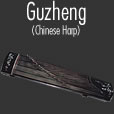

The pipa is a four-stringed Chinese musical instrument, belonging to the plucked category of instruments. The instrument has a pear-shaped wooden body with a varying number of frets ranging from 12 to 26.The pipa is one of the most popular Chinese instruments and has been played for almost two thousand years in China.
New Asian Music RESORT ISLANDS

A Gamelan is a musical ensemble from Indonesia, featuring a variety of some twenty to thirty traditional instruments of many sizes, made of iron, bamboo, wood and bronze. The origin of the name is the Malaysian word “gamul”, which means “hit”. It is played in festivals of Hindu temples in Bali, weddings and funerals, and also as an accompaniment to drama and dance performances. The graceful melody and the soft sounds of the keyboards are very tranquilizing.
New Asian Music OTHERS


The Sitar is a plucked string instrument, originating in Northern India around the 14th century. It is a cross between the ancient Indian string instrument Veena and a string instrument of West and Central Asia. The player plucks the strings that run over the long fretted neck, using a metallic plectrum called a Mizraab, and produces the unique, mysterious and fragile sound, from the sympathetic strings placed under the frets.








